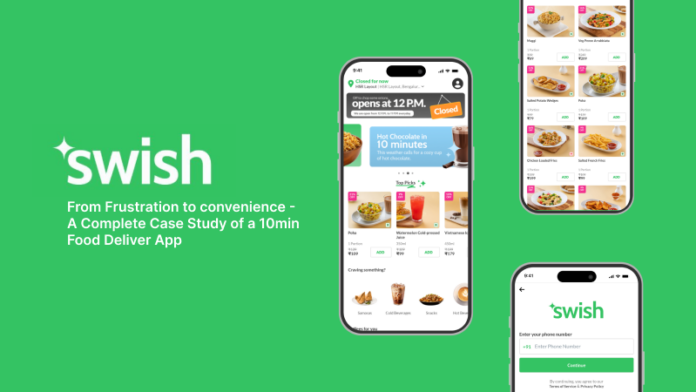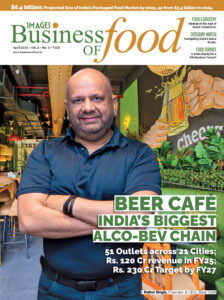The swift emergence of Swish, a Bengaluru-based startup specializing in 10-minute food delivery, highlights a rapidly evolving segment of the food delivery industry that’s reshaping consumer expectations around speed, convenience, and the very definition of what constitutes a “quick bite.” With Swish’s recent $2M funding led by Accel, this space is set to heat up…




